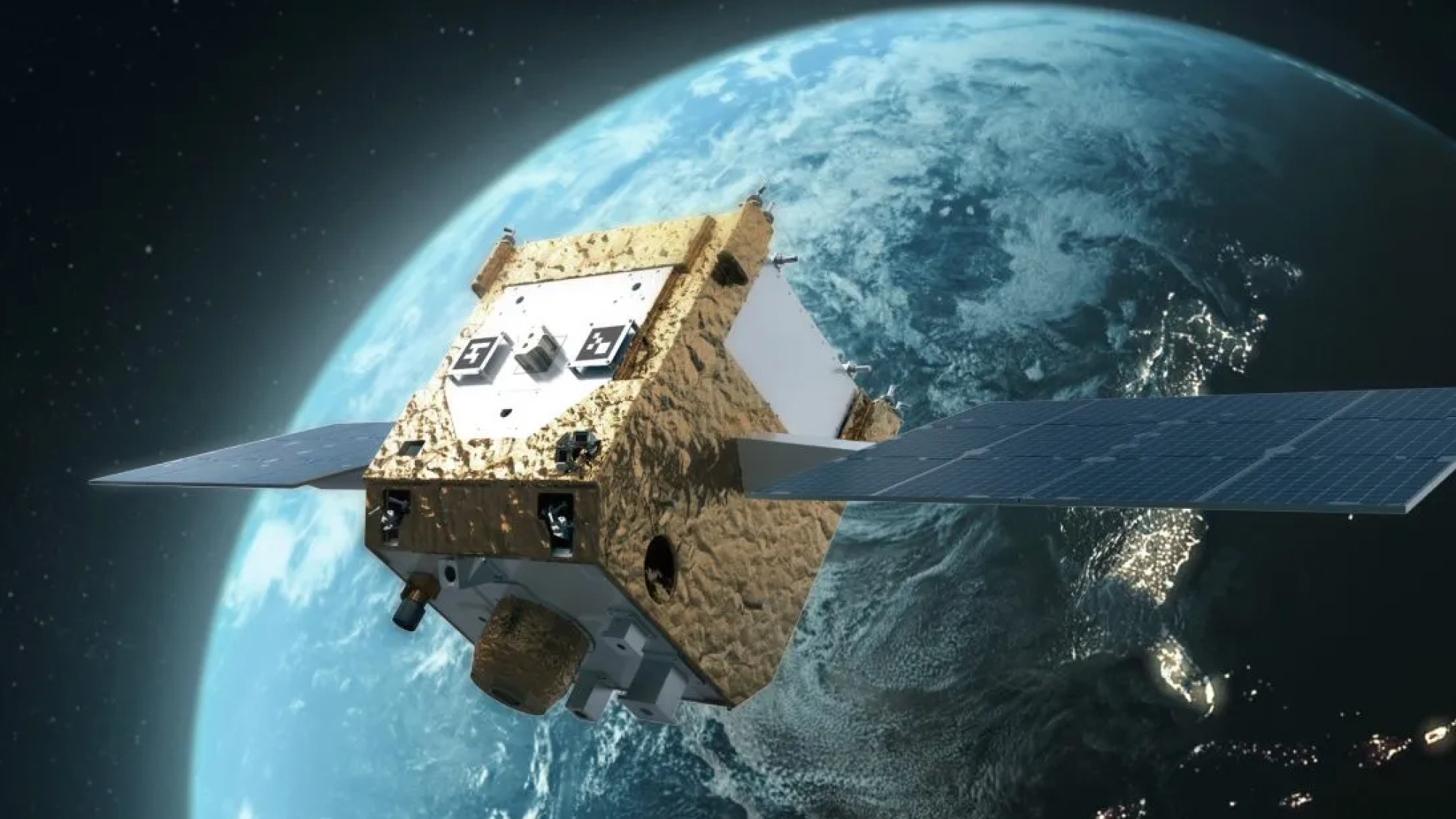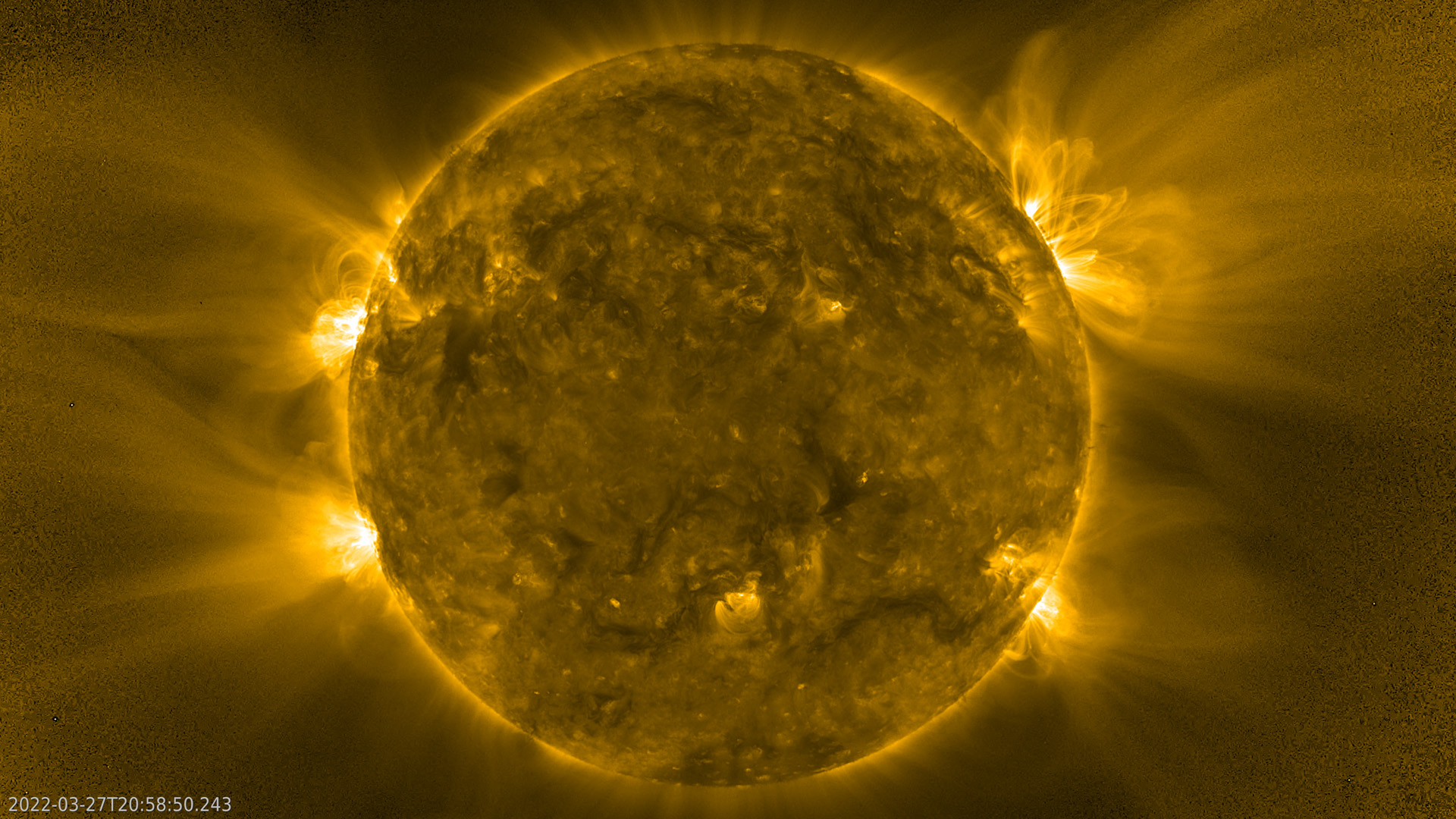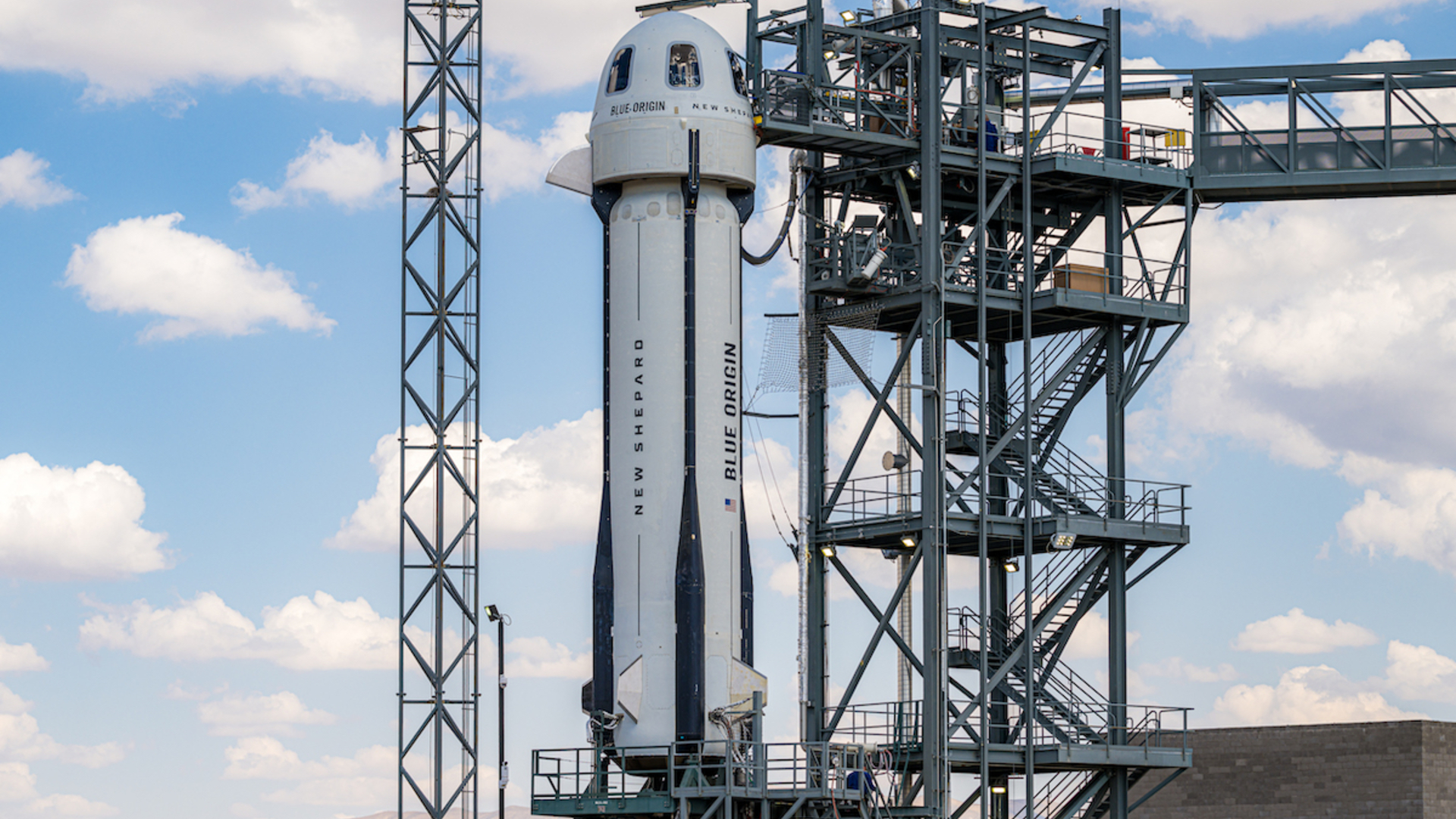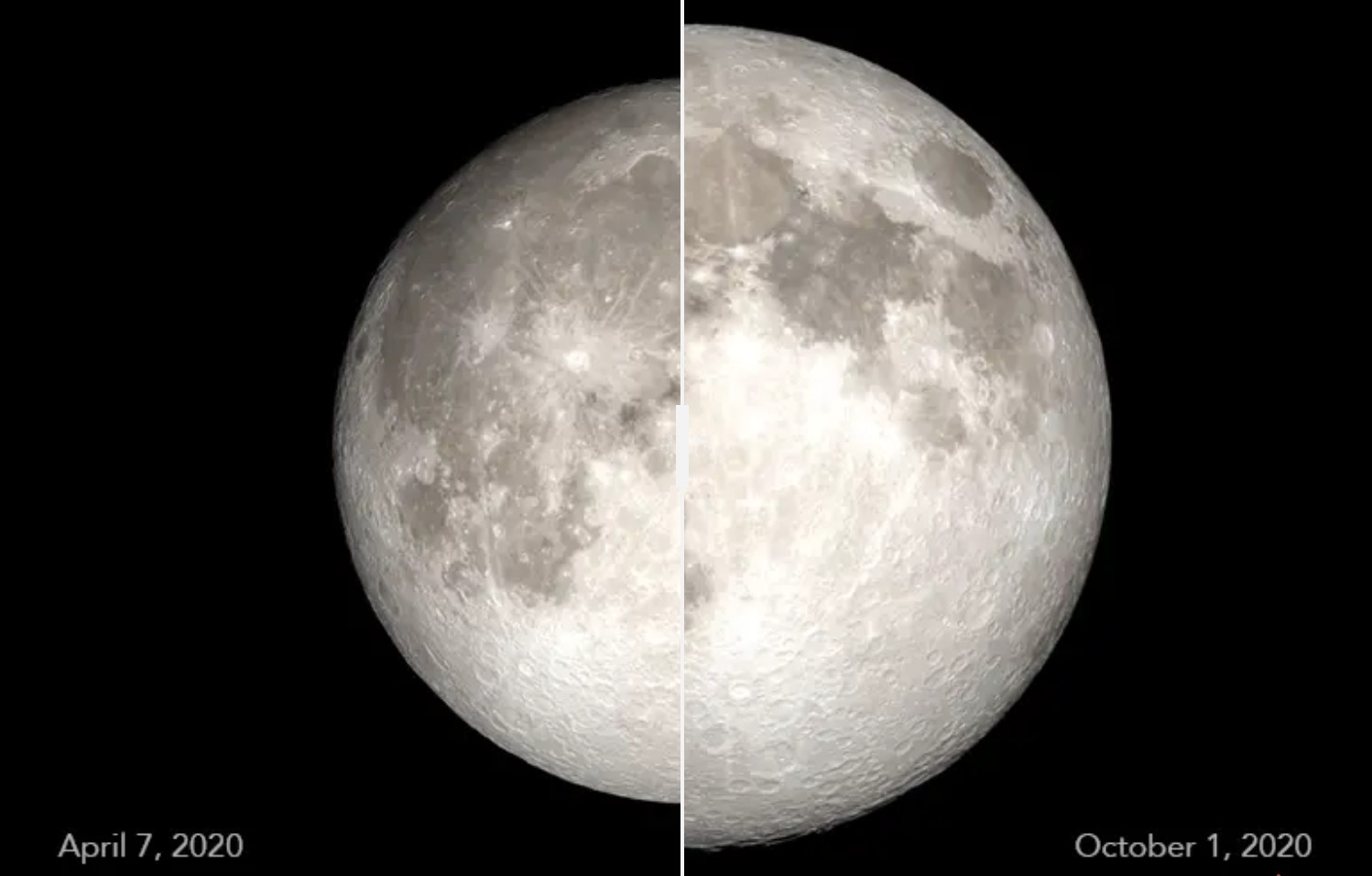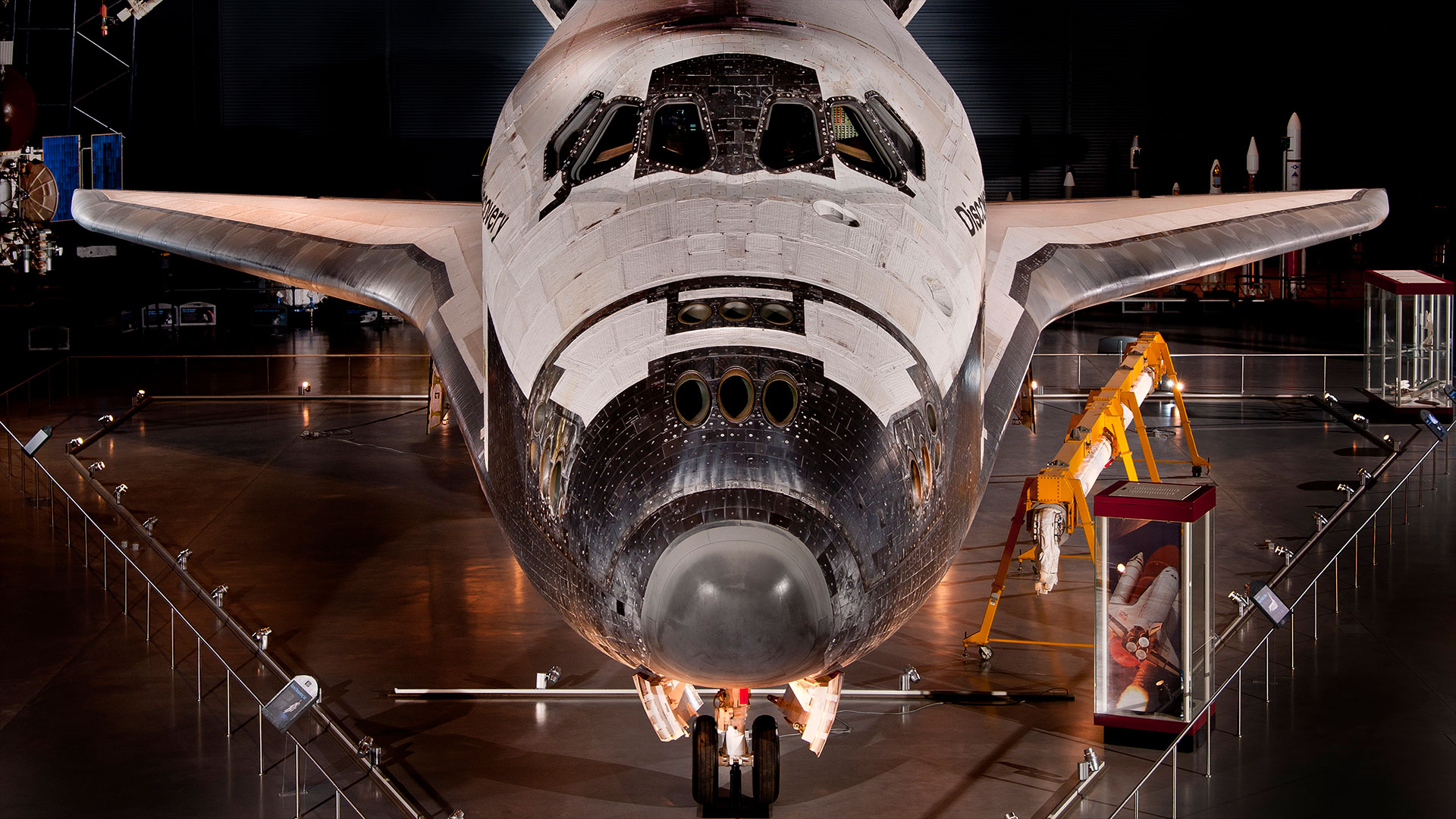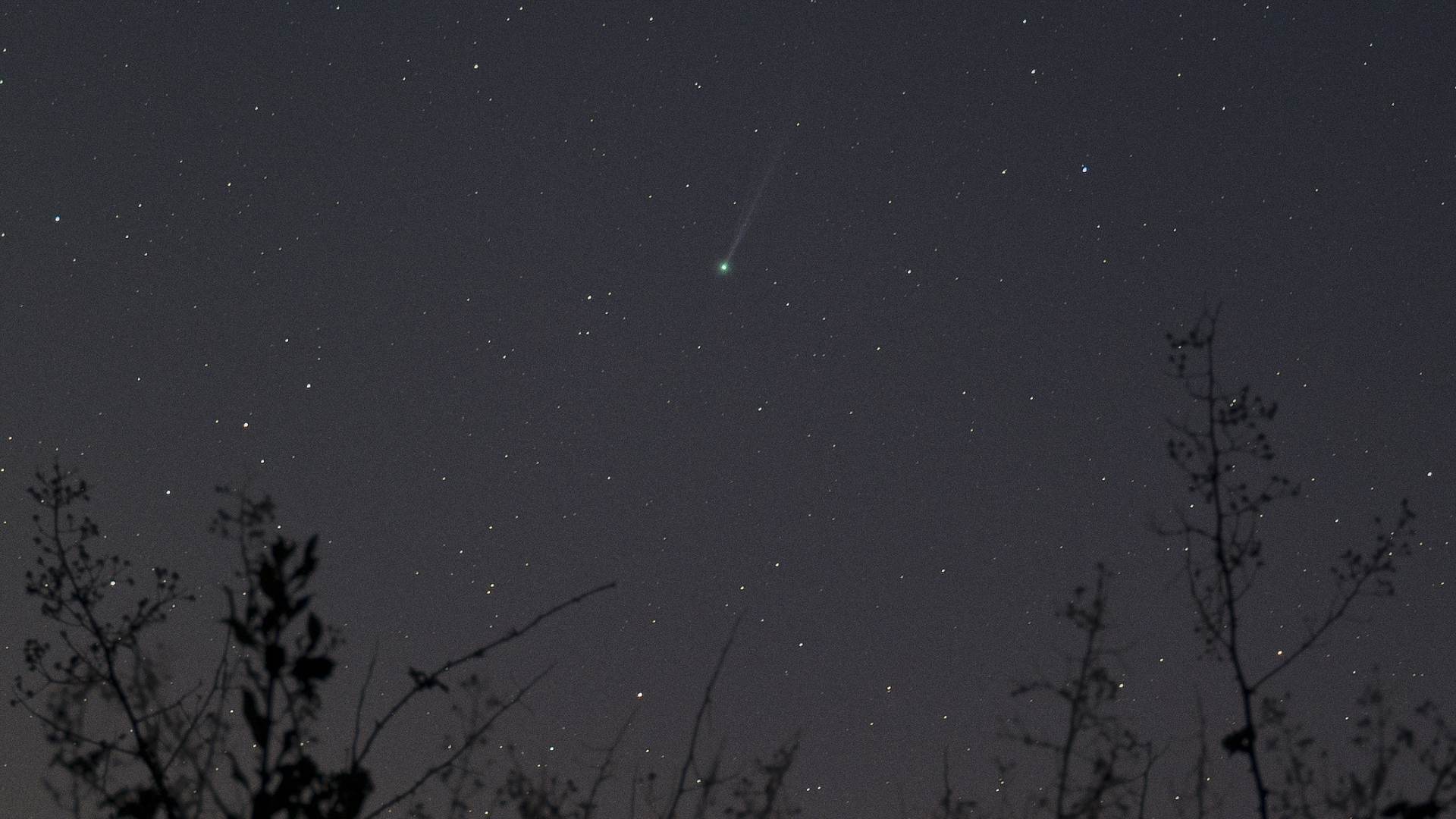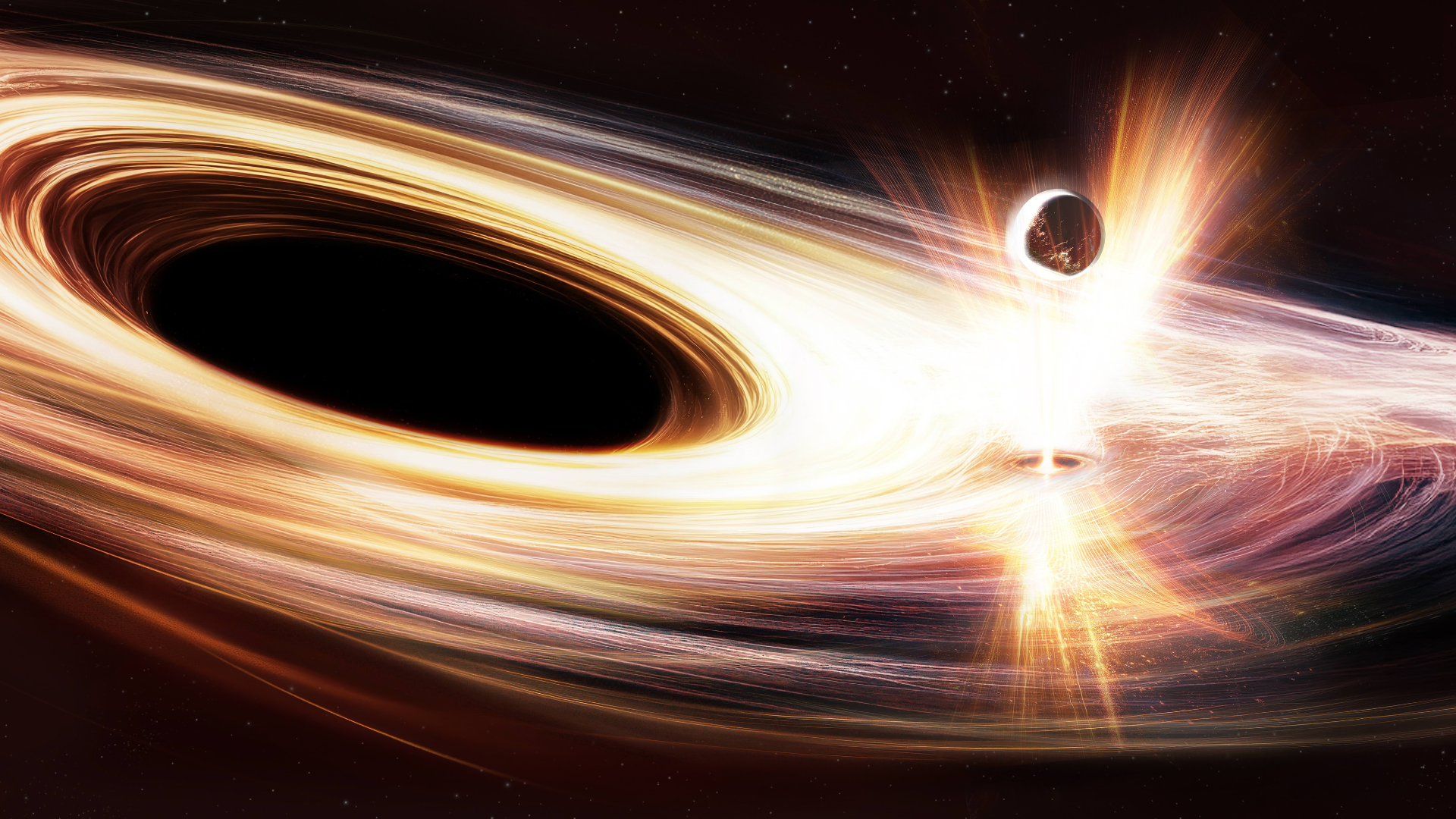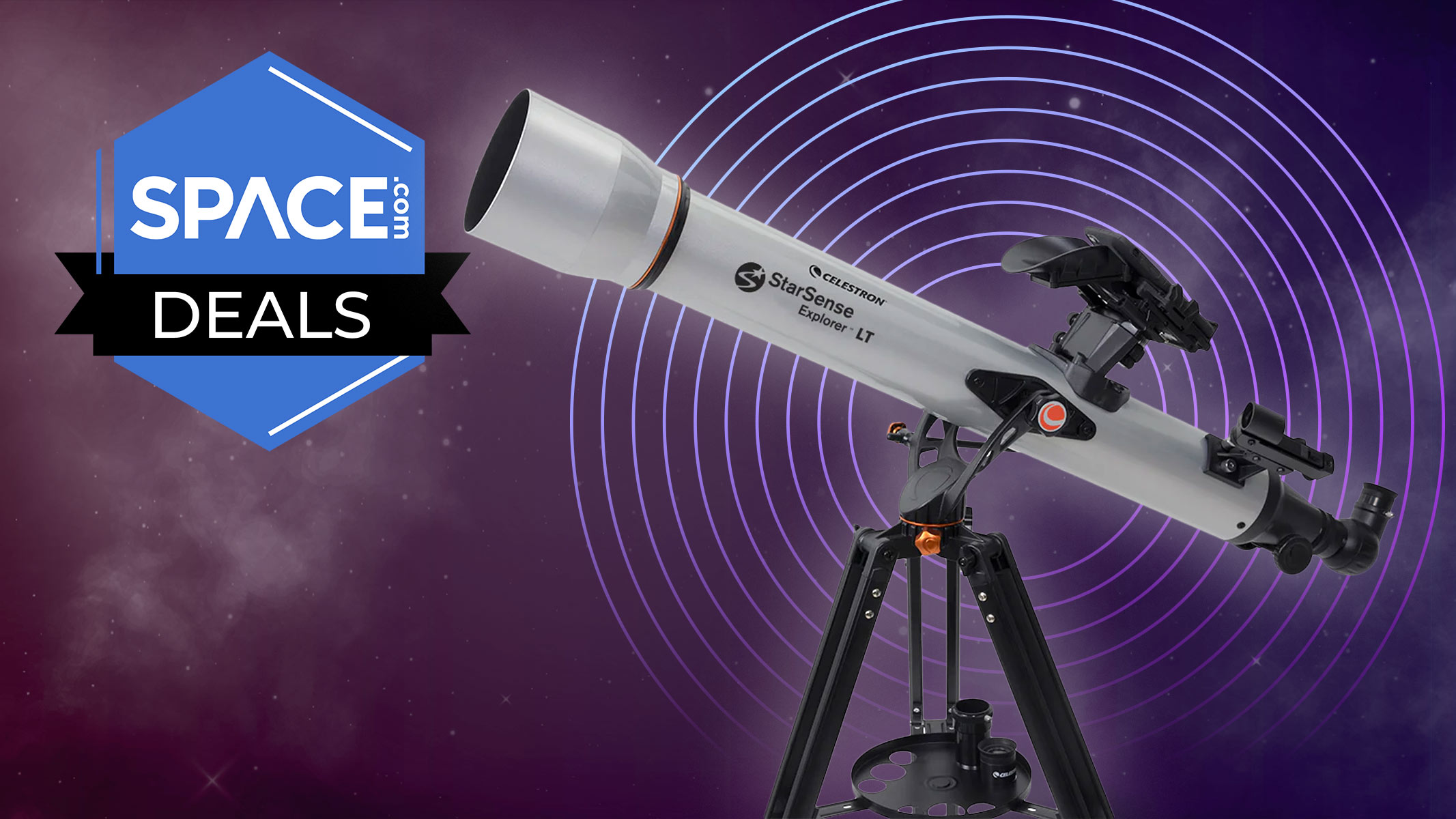NASA's Deep Space Network is getting a new dish to help distant spacecraft phone home
Spacecraft need to send texts, too.
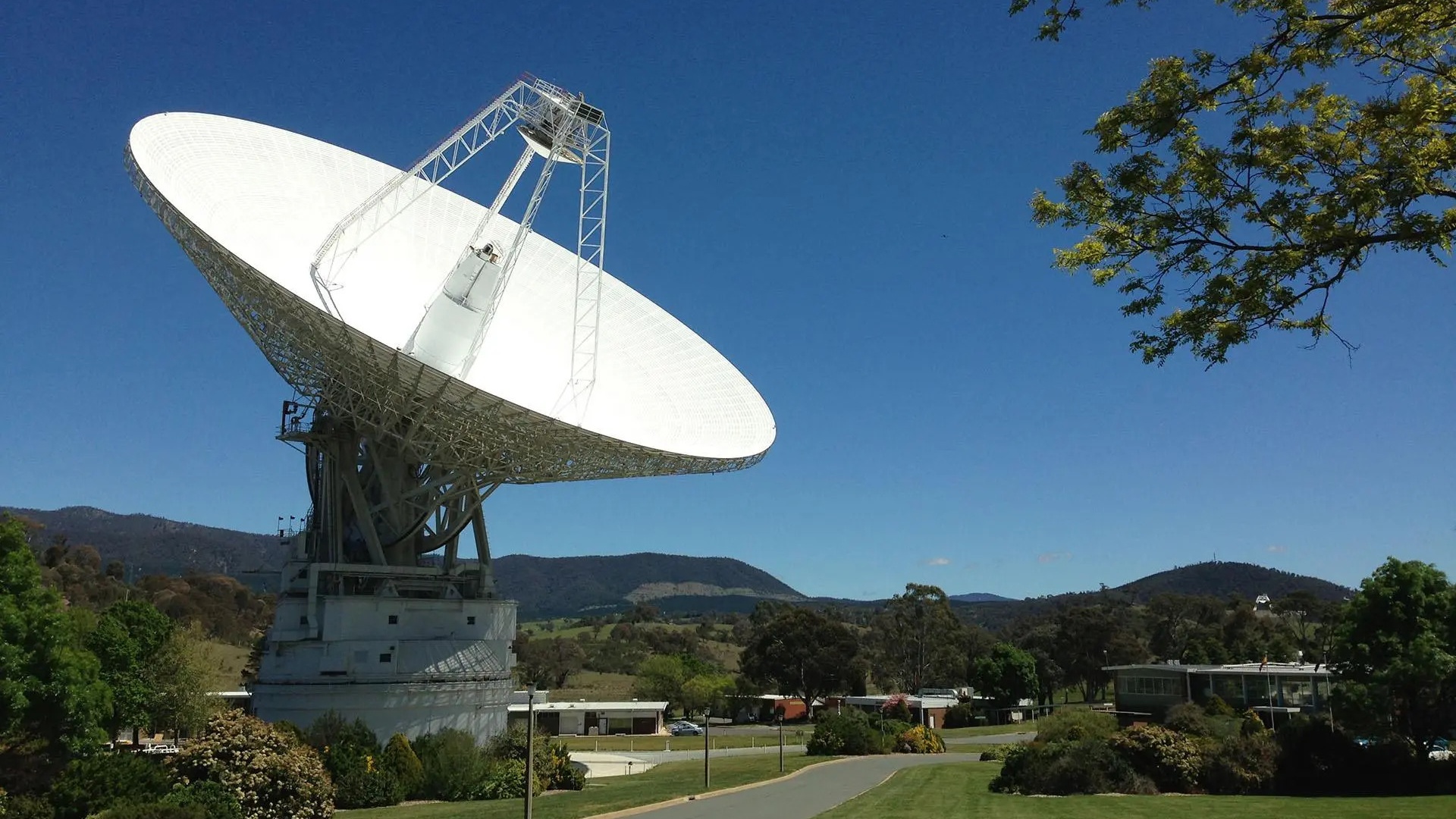
On March 19, one of NASA's Deep Space Network facilities — located in Canberra, Australia — entered its 60th year of relaying priceless information between scientists on Earth and the spacecraft they send beyond.
Also on March 19, the agency began work on a new member of this facility: Deep Space Station 33. This will be the fifth radio antenna for Canberra; there are two other Deep Space Network facilities, one in Barstow, California and the other in Madrid, Spain.
"When it goes online in 2029, the new Canberra dish will be the last of six parabolic dishes constructed under NASA's Deep Space Network Aperture Enhancement Program," agency officials wrote in a statement, "which is helping to support current and future spacecraft and the increased volume of data they provide."
NASA's Deep Space Network (DSN) is pretty spectacular in both a big-picture and small-scale sense.
Related: NASA's Deep Space Network: How spacecraft phone home
To transmit communications throughout the solar system, the three DSN facilities are strategically placed around the globe so one can pick up when another may need to leave off. Due to Earth's rotation, and the typically multiyear length of space missions, this switch happens quite often.
The new dish, Deep Space Station 33, will be a 112-foot-wide (34 meters) multifrequency beam-waveguide antenna (BWG), according to the NASA statement. This sort of antenna has five mirrors that reflect radio signals coming from space along what's known as a "beam waveguide tube" to a concrete pedestal buried mostly underground. There, the signal gets translated into information that scientists can interpret.
Get the Space.com Newsletter
Breaking space news, the latest updates on rocket launches, skywatching events and more!
According to NASA, Canberra is the only complex that can fully speak to the iconic Voyager 2 spacecraft that's about 13 billion miles (20.9 billion kilometers) away from us — and getting farther as you read this. Voyager 1 can send its information to the other two facilities, but even it can only can receive commands from Canberra.
Despite being built decades ago, the Voyagers are still considered some of the most brilliant feats of human engineering to date. Surely, having a new dish at Canberra is bound to enable the next generation of awe-inspiring instruments. Even with the 0's and 1's of spacecraft, language is everything.
Join our Space Forums to keep talking space on the latest missions, night sky and more! And if you have a news tip, correction or comment, let us know at: community@space.com.

Monisha Ravisetti is Space.com's Astronomy Editor. She covers black holes, star explosions, gravitational waves, exoplanet discoveries and other enigmas hidden across the fabric of space and time. Previously, she was a science writer at CNET, and before that, reported for The Academic Times. Prior to becoming a writer, she was an immunology researcher at Weill Cornell Medical Center in New York. She graduated from New York University in 2018 with a B.A. in philosophy, physics and chemistry. She spends too much time playing online chess. Her favorite planet is Earth.
You must confirm your public display name before commenting
Please logout and then login again, you will then be prompted to enter your display name.
